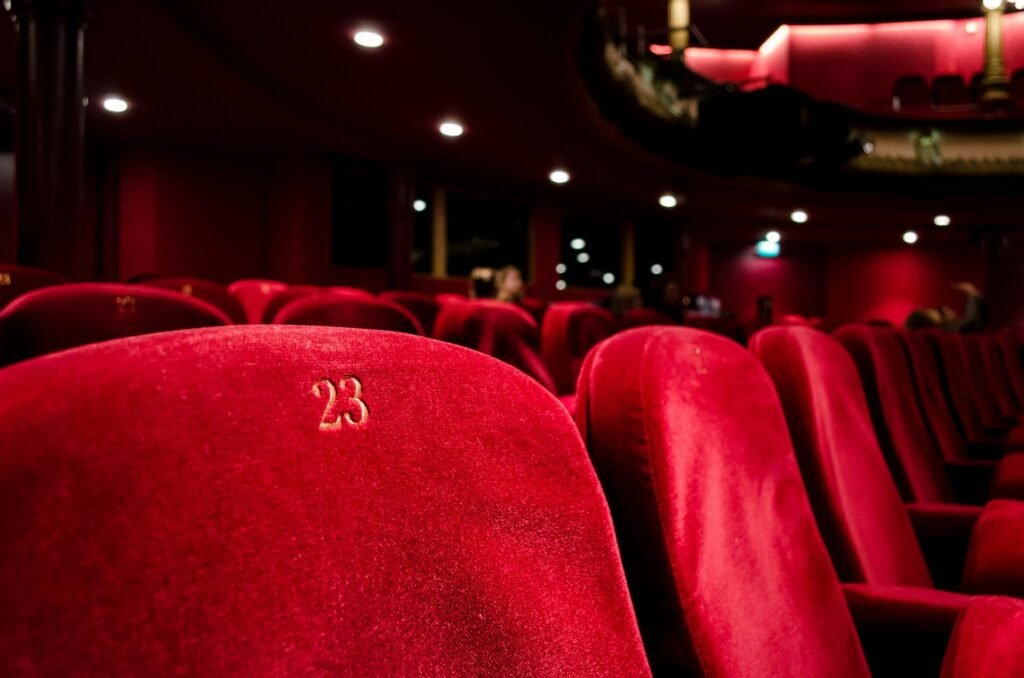Remember the first time you watched a movie in a theater? The lights dimmed, the screen lit up, and you were transported to another world. That’s the magic of the big screen. Movie theaters have long been a cornerstone of entertainment, providing a communal space where stories come to life in the most immersive way possible. This guide explores the evolution and experience of movie theaters, highlighting their enduring appeal in an ever-changing landscape.
History of Movie Theaters
Movie theaters have a rich history that dates back to the late 19th century. The first dedicated movie theater, known as the Nickelodeon, opened in Pittsburgh in 1905. These early theaters were small and rudimentary, but they paved the way for the grand movie palaces of the 1920s and 1930s, which epitomized the golden age of cinema. Ornate and luxurious, these theaters were designed to offer an escape from everyday life. Today, while the grandeur may have scaled down, the core essence of cinema remains unchanged.
Types of Movie Theaters
Modern movie theaters come in various forms to cater to diverse audiences. Traditional cinemas are the most common, offering multiple screens and a wide range of films. Drive-in theaters, a nostalgic favorite, provide a unique outdoor viewing experience. IMAX theaters deliver unparalleled visual and auditory experiences with their giant screens and advanced sound systems. 3D and 4D theaters add another layer of immersion, with effects that make you feel like you’re part of the action. Luxury cinemas elevate the experience with plush seating, gourmet food, and personalized service.
Technological Advancements in Movie Theaters
Technology has significantly transformed movie theaters. Early theaters had simple mono sound, but today’s theaters boast sophisticated audio systems like Dolby Atmos, which create a multi-dimensional sound experience. Visual technology has also advanced, with theaters now offering 4K resolution and high dynamic range (HDR) for stunning picture quality. Special effects have evolved from basic 3D to immersive 4D experiences that incorporate motion, scent, and even weather effects to bring films to life.
The Movie Theater Experience
What sets movie theaters apart is the ambiance and atmosphere. The dim lighting, the smell of popcorn, and the anticipation in the air create a unique environment that enhances the movie-watching experience. Concession stands offer a variety of snacks, from classic popcorn and candy to gourmet options like nachos and pretzels. Modern theaters also focus on comfort, with reclining seats, ample legroom, and premium seating options that ensure a relaxing experience.
Economic Impact of Movie Theaters
Movie theaters play a crucial role in the economy. They generate significant box office revenue, which supports the film industry and helps fund future productions. Theaters also provide employment opportunities, from ticket sellers and ushers to managers and projectionists. Additionally, they contribute to the local economy by attracting patrons to nearby restaurants and shops, creating a vibrant community hub.
Challenges Facing Movie Theaters
Despite their many advantages, movie theaters face numerous challenges. The rise of streaming services like Netflix and Disney+ offers convenient, at-home entertainment options that compete with theaters. Economic downturns can also impact attendance, as people cut back on discretionary spending. Moreover, changing consumer preferences, such as the desire for more personalized and on-demand experiences, pose a threat to traditional theater models.
Adapting to the Digital Age
To stay relevant, movie theaters are adapting to the digital age. Many theaters now offer integration with streaming platforms, allowing patrons to enjoy exclusive content and early releases. Online ticket sales and reservations have streamlined the process, reducing wait times and improving customer satisfaction. Enhanced marketing strategies, including social media promotions and loyalty programs, help theaters connect with audiences and build lasting relationships.
Global Differences in Movie Theater
Movie theater culture varies around the world. In countries like the United States and Canada, multiplexes dominate, offering a wide range of films under one roof. In contrast, European theaters often focus on a more curated selection of films, including arthouse and independent productions. Notable international theaters, such as the Grand Rex in Paris or the Odeon in London, are celebrated for their historical significance and architectural beauty. Regional variations in moviegoing habits reflect cultural differences and local preferences.

